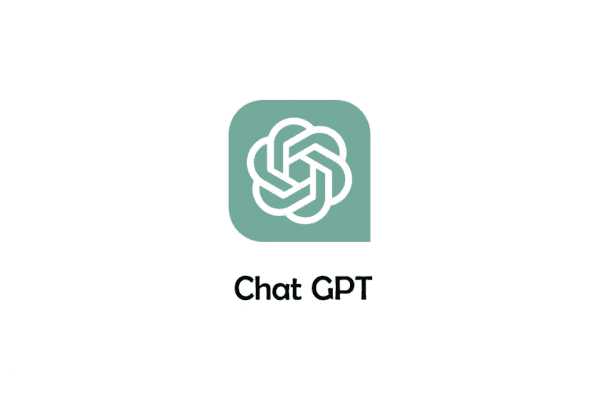ChatGPT & Other Artificial Intelligence
Artificial Intelligence, or AI, may be a term you have heard a lot about recently, or it may be completely unfamiliar to you. AI is taking the world by storm because of advances in this technology that are enabling users to access knowledge and create content in a limited amount of time. You may already use AI in your life and not realize it! Apple’s phone assistant, Siri, and Amazon’s Alexa are both run by AI. In this blog, we’re introducing you to the most popular AI program out there at the moment, which is ChatGPT. ChatGPT is open to the public and the DLS team has found it to be an incredibly useful tool for teaching and learning!
Some examples of what the AI ChatGPT can do include:
- Generating discussion prompts,
- Developing content such as dialogues or passages of text,
- Creating quiz questions in multiple-choice, short answer, true/false format,
- Writing a paragraph based on an assigned topic,
- Identifying and define key vocabulary words from a text,
- Providing information about a location or event,
- Translating text from one language to another (works for some, not all languages)
- And more!
Advances in artificial intelligence will not replace instructors! Rather, instructors can use AI to generate ideas, plan lessons, and write progress reports more efficiently. Of note is that the AI often responds to prompts in a general fashion, so the prompt you input into the AI should be rather specific. You can always refine your prompt afterward since ChatGPT can refer back to previous comments when it continues the conversation. Here are some sample prompts that teachers can use:
- Creating Comprehension or Quiz Questions
Sample prompt – Write 3 true/false questions for the following passage: (insert passage).
- Translation (though this may not work with all languages)
Sample prompt – Translate the following text into (target language): (insert text).
- Writing Progress Reports
Sample prompt – Write a summary of a student’s progress in (target language) with the following strengths (ex. reading, grammar accuracy, enthusiasm) and weaknesses (ex. pronunciation, listening) in two paragraphs.
AI is imperfect but may be a great tool to help increase your efficiency. DLS is hosting an instructor series on Artificial Intelligence in April 2023. If you are interested in learning more, opt-in to receive updates here.
AI Tools for Exploration
ChatGPT: This is the most popular AI in March 2023 and is the one demonstrated in the video above. To make a free account, sign up at https://chat.openai.com/. Due to high demand, sometimes the site becomes temporarily unavailable. When that happens, check back another time.
The following AI tools were rudimentarily reviewed by DLS. They may or may not be beneficial for teaching purposes. Keep in mind that AI output should be reviewed for quality (and sometimes accuracy) before using with students.
Education Copilot: Allows instructors to generate quizzes, lesson plans, and much more. Sign up for free here: https://app.educationcopilot.com/sign-up
Perplexity AI: Don’t want to make an account? Ask this AI anything, and try it in different languages. For example, “What are some discussion topics about Iranian history for my ILR level 3 adult Farsi learner?” https://www.perplexity.ai/
More tools seem to be popping up on a weekly and monthly basis. Do you use AI for teaching or studying? Did you find a great AI tool? Let DLS know by emailing Lia at lsauder@dlsdc.com.
By Lia Sauder, Language Project Specialist
A sample conversation:





